The Masterton passion for thematic naming showed up in the decision to name the block of streets created in the land between Memorial Park, Worksop Road and Herbert Street after native birds. This has led naturally to calling the block of land ‘the Bird Reserve,’ a name not universally appreciated by those who lived there. The name derives from Pukaha National Wildlife Centre, previously the Mount Bruce Bird Reserve. One resident of the area proposed that the ‘suburb’ be known as Homeleigh, taking the name of the Methodist Children’s Home in Herbert Street. The Council did not think that was necessary, so the area remains the Bird Reserve, or Bird Sanctuary.
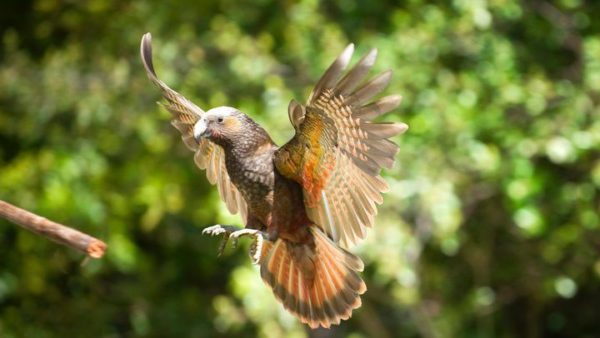
Kaka Street
One of the first of the “bird” streets was built very near to the original road into Masterton. A.G. Wallis, a local builder, created a subdivision leading from Worksop Road through to the Makoura Stream, close to the site of the old Worksop Farm. The original road to Masterton used to lead directly to the accommodation house at the farm. Kaka Street was originally designed to connect to the rest of the “bird reserve” when constructed in 1955 although the connection was never made. The kaka is a forest dwelling native parrot, distinguished by its bright orange and red undercolourings, and by its harsh cries that are capable of being heard at long distances.
Pic: The afternoon kaka feeding at Pukaha is a daily delight.
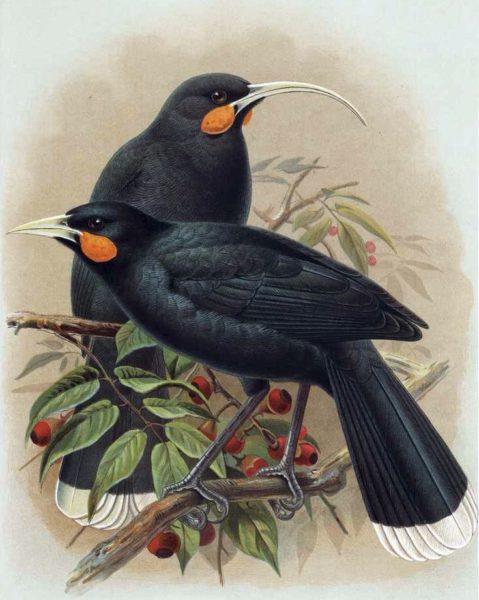
Kiwi Street and Huia Street
Kiwi Street is named after New Zealand’s national bird and the emblem New Zealanders have chosen to represent their country. The first Maori settlers named the ground dwelling bird after the cry of the male bird. A nocturnal bird, it is under increasing pressure from habitat destruction and feral predation.
The huia was one of the most prized of all birds to the Maori, the tail feathers being a sign of rank. The name of specially carved boxes made to contain the feathers, wakahuia, has come to mean a container used to house anything of great value. Wairarapa has a special interest in the bird as it is likely that the region was one of the last places where it survived. The huia was recorded in the Wairere area well into last century. The name Huia was used for Huia Street, and for the soft drink factory in Bannister Street that later became the WACO factory.
Pic:
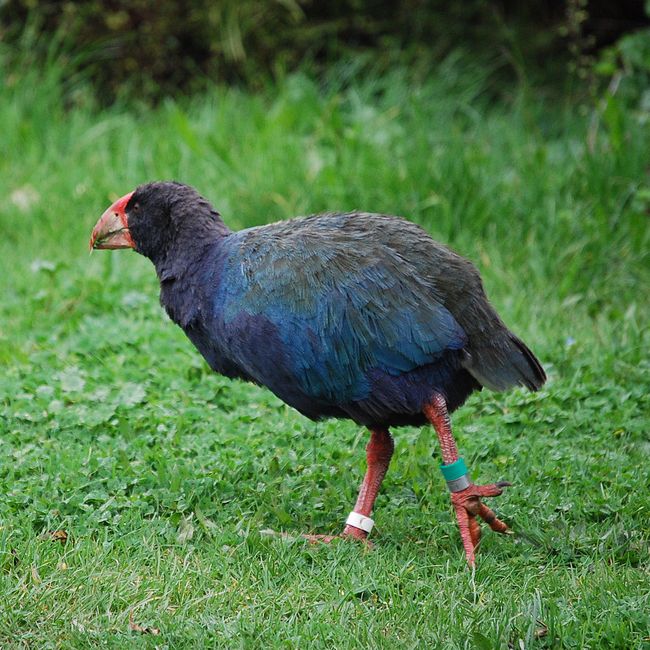
Takahe Street and Tui Street
The story of the discovery of the takahe, a close relative of the ubiquitous pukeko, is one of New Zealand’s conservation success stories. The bird, at one time relatively common in both main islands, was thought to be extinct for 50 years. A bird had been discovered near Te Anau in 1898, but no more were found until 1948 when a small party of ornithologists, led by G.B. Orbell, located the bird deep in the Murchison Ranges. Within a few years a small number of chicks were captured by a team led by Elwyn Welch of Mount Bruce. They are still rare in the wild.
The tui is a member of a family of honey-eating birds found only in the south-west Pacific. The tui, with its dark colourings and white tuft under its throat, has been called the parson bird, but its ebullient nature defies its common name. In the wild its call is reminiscent of the related bellbird although it is more melodious and fluid. Both in the wild, and in captivity, the bird has a tendency to imitate other sounds, and a bird living in town may interrupt his long song with the sound of a cellular phone, or even a wolf whistle. Tui Street was named in 1955.
Pic: The takahe were first kept in captivity at Pukaha Mount Bruce.
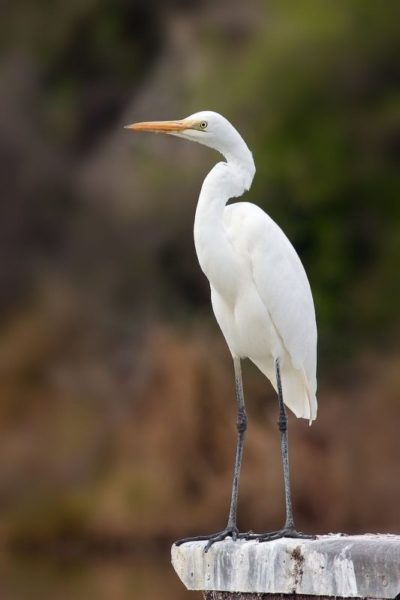
Weka Place and Kotuku Place
There can be few cheekier birds in New Zealand than the inquisitive weka. This omnivorous bird, sometimes called the woodhen, will take possession of almost anything left unguarded, especially if bright and shiny. It is an aggressive little bird, a good rat killer, although its North Island range is now restricted to the Gisborne area. The flightless bird is said to have close relatives in Lord Howe Island and New Caledonia, raising an obvious question - how could these flightless birds that gave their name to Weka Place get to all these remote islands?
The kotuku, or white heron, is found in most parts of the world. The small New Zealand population, based on a breeding colony at Okarito in Westland, is an outlying branch of the Australian sub-species. The birds are sometimes blown over the Tasman Sea if a strong westerly blows for any length of time. Although common in many parts of the world the kotuku is scarce in New Zealand and was valued by the Maori for its rarity. It is sometimes seen in Wairarapa, where it occasionally overwinters.
Pic: Revered by Maori for their rareness, kotuku are usually only found at Okarito lagoon. Photo - J J Harrison
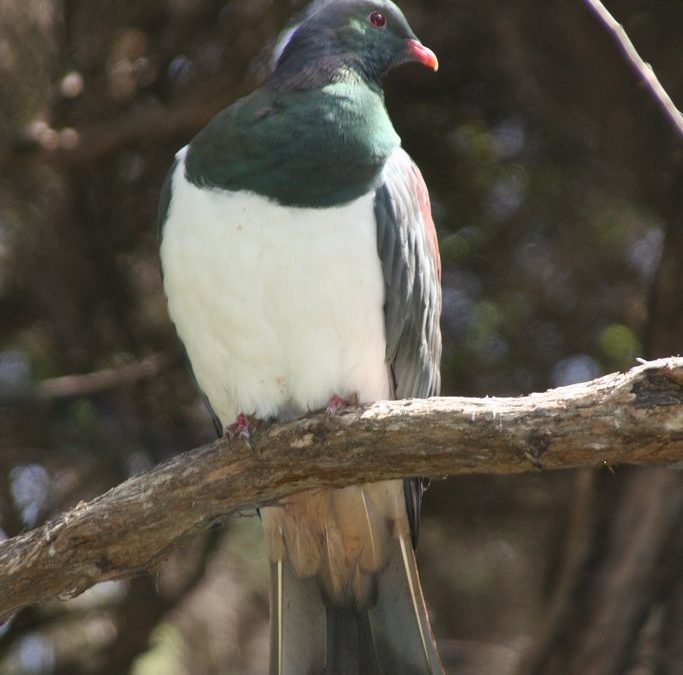
Kereru Place
The kereru (also known as the kukupa in some parts of the country) is better known as the wood pigeon. This was once a very common bird and a much-loved delicacy of Maori and pakeha alike. Bird numbers were declining so much that restrictions were introduced in 1864 and extended to protection in 1921. The large, somewhat clumsy looking pigeon makes a startling noise as it flaps around the bush, looking for the leaves and flowers which make up a large part of its diet. In some parts of the country the kereru, remembered in Kereru Place, is becoming rare again as illegal hunting reduces its numbers.
Pic: Slightly clumsy in flight, the New Zealand wood pigeon was a staple of the Maori diet.





